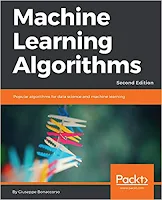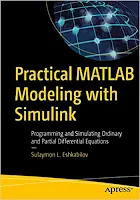Dynamics of Structure and Foundation: A Unified Approach 1. Fundamentals
 Indrajit Chowdhury, Shambhu P. Dasgupta ... 882 pages - Publisher: CRC Press; (December, 2008) ... Language: English - ISBN-10: 0415471451 - ISBN-13: 978-0415471459.
Indrajit Chowdhury, Shambhu P. Dasgupta ... 882 pages - Publisher: CRC Press; (December, 2008) ... Language: English - ISBN-10: 0415471451 - ISBN-13: 978-0415471459.Designed to provide engineers with quick access to current and practical information on the dynamics of structure and foundation, this unique work, consisting of two separately available volumes, serves as a complete reference, especially for those involved with earthquake or dynamic analysis, or the design of machine foundations in the oil, gas, and energy sector. This first volume deals with theories and formulations, covering the full range of topics involved and dynamics of structure and foundation. It specifically focuses on a unified approach in dealing with dynamic soul-structure interaction and geotechnical considerations for dynamic soil-structure interaction. The authors present new insights and theories, such as the computation of Rayleigh damping for structures with a large number of degrees of freedom, and the dynamic analysis of Hammer foundations, considering non-classical soil damping.
In a clear style, this well-illustrated column addresses detailed topics, grouped in the following major themes: Elasticity and numerical methods in engineering + Lumped parameter vibration + Soil-structure systems under static load + Structural and soil dynamics. This reference and design guide is intended for academics and professionals in civil and structural engineering involved with earthquake or dynamic analysis or the design of machine foundations. In combination with the Applications book (volume 2), it could be used as course material for advanced university and professional education in structural dynamics, soil dynamics, analysis and design of machined foundations, and earthquake engineering.




